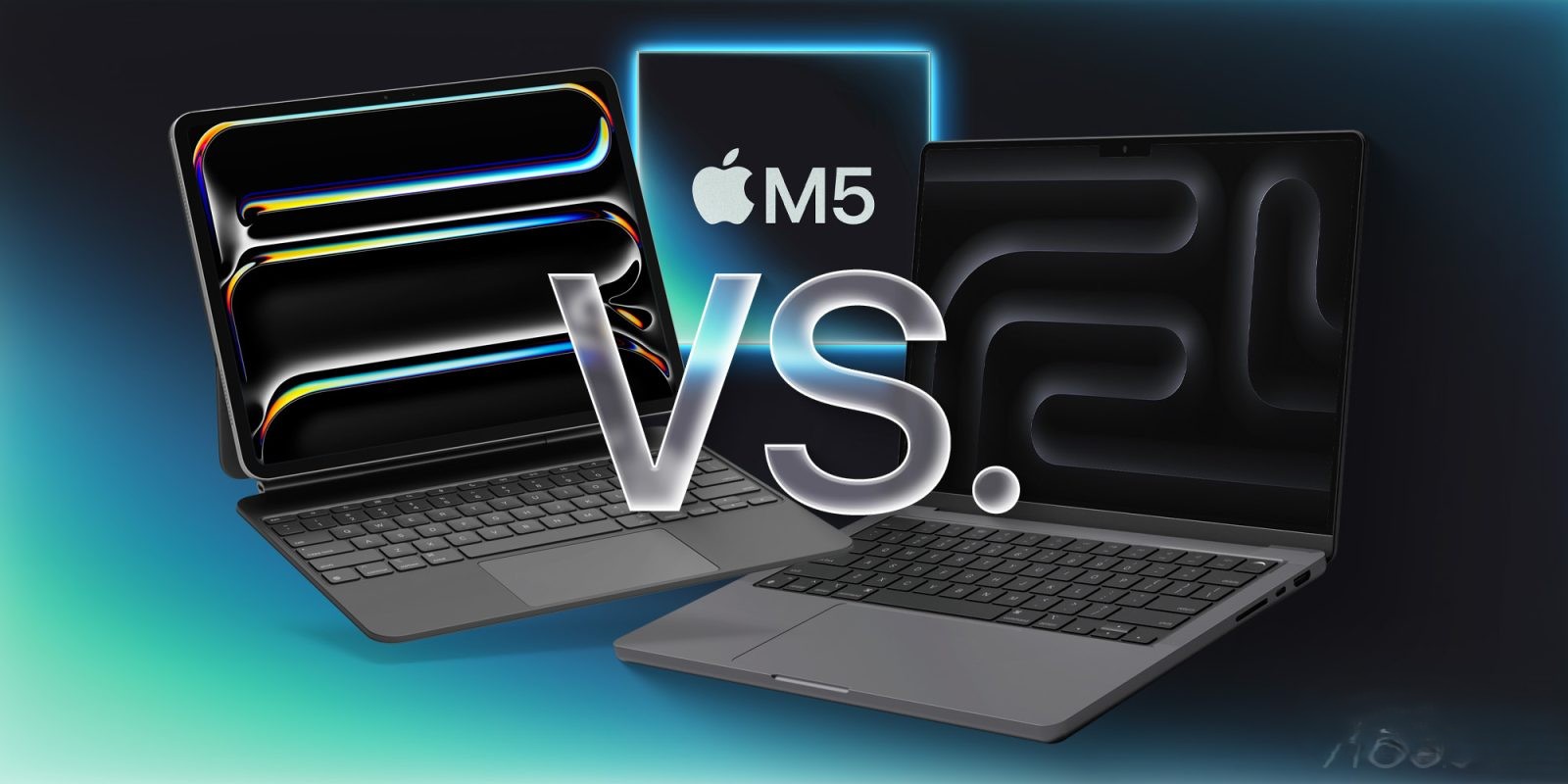Apple’s recent unveiling of the M5 chip has once again highlighted the company’s tendency to introduce cutting-edge hardware innovations in the iPad Pro before extending them to the MacBook Pro. This pattern underscores the iPad’s role as a testing ground for new technologies, setting the stage for their eventual adoption in the Mac lineup.
M5 iPad Pro: A Technological Powerhouse
The latest iPad Pro, powered by the M5 chip, boasts several advanced features that distinguish it from its predecessors and current MacBook Pro models:
– Tandem OLED Ultra Retina XDR Display: This state-of-the-art display technology offers enhanced brightness, contrast, and color accuracy, providing users with an unparalleled visual experience.
– Touch Support: The iPad Pro continues to offer a responsive touch interface, facilitating intuitive interactions and creative workflows.
– Face ID: For secure and convenient authentication, the iPad Pro incorporates Face ID, allowing users to unlock their device and authenticate apps with a glance.
– Sleek Design: The device features an ultra-thin profile, reflecting Apple’s commitment to combining performance with portability.
– Apple’s N1 Wireless Chip: This proprietary chip enhances wireless connectivity, ensuring faster and more reliable network performance.
– Apple’s C1X Modem: The inclusion of this modem enables robust cellular connectivity, allowing users to stay connected even without Wi-Fi.
M5 MacBook Pro: Awaiting the Next Wave of Innovations
In contrast, the M5 MacBook Pro, while benefiting from the performance enhancements of the new chip, lacks several of the advanced features present in the iPad Pro:
– Display Technology: The MacBook Pro retains the Liquid Retina XDR display without OLED technology, resulting in differences in display quality compared to the iPad Pro.
– Touch Interface: The MacBook Pro continues to rely on traditional input methods, without incorporating touch support.
– Authentication Methods: Touch ID remains the primary authentication method, with Face ID yet to be introduced.
– Design: The MacBook Pro maintains its existing design, which, while functional, does not reflect the ultra-thin advancements seen in the iPad Pro.
– Wireless Connectivity: The device utilizes standard third-party wireless chips, lacking the proprietary enhancements found in the iPad Pro.
– Cellular Connectivity: Unlike the iPad Pro, the MacBook Pro does not offer a cellular connectivity option, limiting its versatility for users on the go.
Anticipated Updates for the MacBook Pro
Industry analysts and rumors suggest that the MacBook Pro will eventually adopt many of the innovations currently exclusive to the iPad Pro:
– OLED Displays: Expected to be introduced late next year, potentially incorporating tandem OLED technology for improved visual performance.
– Touch Support: Anticipated to arrive alongside the OLED displays, enhancing user interaction possibilities.
– Face ID: While considered a valuable addition, its implementation on the MacBook Pro is projected to be several years away.
– Design Overhaul: A thinner and more streamlined design is rumored to debut next year, aligning the MacBook Pro’s aesthetics with modern preferences.
– Proprietary Wireless Chips: The integration of Apple’s N-series wireless chips is expected, promising improved connectivity and performance.
– Cellular Connectivity: Future models may include built-in modems, offering users the flexibility of cellular connections.
Implications of the Innovation Sequence
Apple’s strategy of introducing new technologies in the iPad Pro before the MacBook Pro reflects a deliberate approach to innovation. By testing and refining features in the iPad Pro, Apple can assess user reception and performance metrics before broader implementation. This method allows for a more controlled rollout of new technologies, ensuring stability and user satisfaction.
However, this approach also means that MacBook Pro users may experience delays in accessing the latest advancements. While the MacBook Pro remains a robust and reliable platform, the staggered introduction of new features may influence purchasing decisions for users seeking the most current technology.
Conclusion
The release of the M5 chip has once again positioned the iPad Pro at the forefront of Apple’s hardware innovation. As the MacBook Pro awaits these enhancements, users can anticipate a future where both devices offer a more unified and advanced technological experience.



